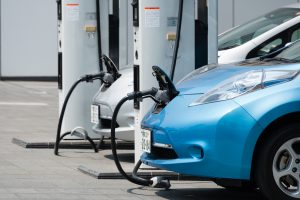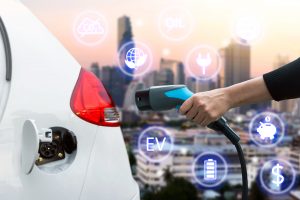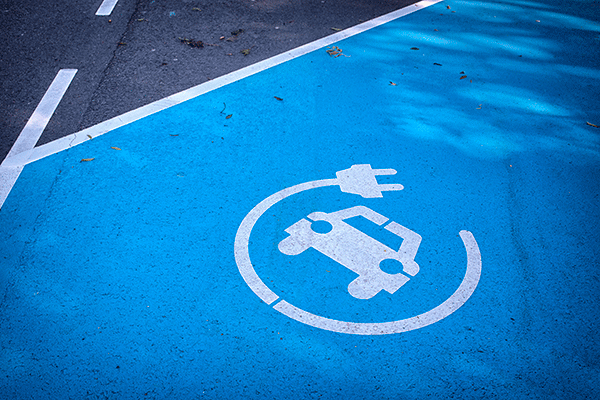An interdisciplinary team, including 32 year ECS member Stuart Licht and ECS student member Matthew Lefler, has developed a way to make electric vehicles that are not only carbon neutral, but carbon negative – capable of reducing the amount of atmospheric carbon dioxide as they operate by transforming the greenhouse gas.
By replacing the graphite electrodes that are currently being used in the development of lithium-ion batteries for electric cars with carbon materials recovered from the atmosphere, the researchers have been able to develop a recipe for converting collected carbon dioxide into batteries.
This from Vanderbilt University:
The team adapted a solar-powered process that converts carbon dioxide into carbon so that it produces carbon nanotubes and demonstrated that the nanotubes can be incorporated into both lithium-ion batteries like those used in electric vehicles and electronic devices and low-cost sodium-ion batteries under development for large-scale applications, such as the electric grid.
Read the full article.
The research is not the first time scientists have shown progress in collecting and converting harmful greenhouse gases from the environment.
Typically, carbon dioxide conversion revolves around transforming the gas into low-value fuels such as methanol. These conversions often do not justify the costs.
(MORE: Read “Carbon Nanotubes Produced from Ambient Carbon Dioxide for Environmentally Sustainable Lithium-Ion and Sodium-Ion Battery Anodes.“)
However, the new process produces better batteries that are not only expected to be efficient, but also cost effective.
(more…)
 The search for the next level, new, and improved electric vehicle battery is an ongoing one. And it’s one Honda may have found. According to The Drive, the Japanese automaker claims to have developed a new battery chemistry called fluoride-ion that could outperform current lithium-ion batteries.
The search for the next level, new, and improved electric vehicle battery is an ongoing one. And it’s one Honda may have found. According to The Drive, the Japanese automaker claims to have developed a new battery chemistry called fluoride-ion that could outperform current lithium-ion batteries.




 As sustainable technologies continue to expand into the marketplace, the demand for better batteries rises. Many researchers in the field are looking toward all-solid-state batteries as a promising venture, citing safety and energy density properties. Now, one company is looking to take that work from the lab to the marketplace.
As sustainable technologies continue to expand into the marketplace, the demand for better batteries rises. Many researchers in the field are looking toward all-solid-state batteries as a promising venture, citing safety and energy density properties. Now, one company is looking to take that work from the lab to the marketplace.

